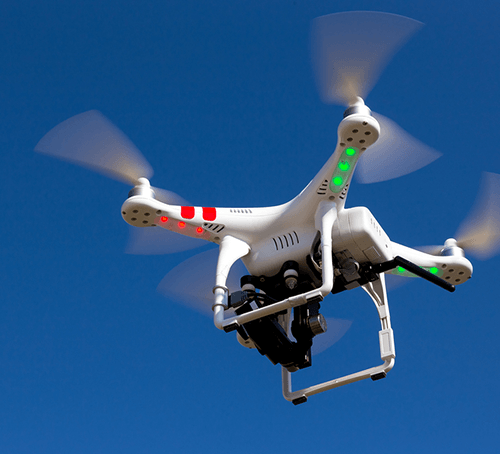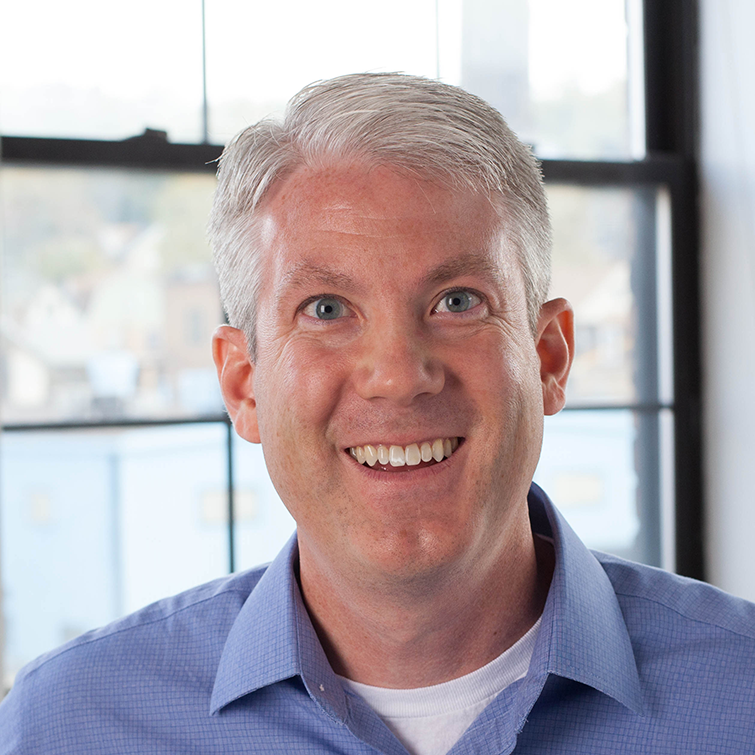Last month, on March 25 and 26th, I attended the SAE A20 Aircraft Lighting Steering Committee spring meeting. Twice a year, representatives from aerospace companies like Boeing, Honeywell Aerospace, Luminator Aircraft Products, United Technologies Corporation, and Airbus meet with members of the Federal Aviation Administration (FAA) and SAE. The goal of these meetings is to discuss and review SAE standards and documents to ensure that they remain relevant and reflect the latest technologies.
At this meeting, we discussed over twenty documents that are in various stages of review. While anyone can register to attend the meeting, only active SAE voting members can vote to approve or disapprove documents out for ballot.
After the meeting, three documents were ready to be evaluated and distributed to members for voting:
- AS25050: General Requirements for Colors, Aeronautical Lights and Lighting Equipment
- ARP694: Aerial Refueling Lights - Design Criteria
- ARP503: Emergency Evacuation Illumination
If approved, I’ll update you on the scope of the revision and potential implications.
LEDs and NVIS
Incandescent light bulbs were the main technology available when night vision standards were first written. Now, as the aircraft lighting industry transitions to LEDs, it’s important that their performance be properly evaluated and relevant standards updated accordingly. The SAE A20 Lighting Committee carefully reviews and evaluates all documents to ensure that the same considerations are in place for new technologies. As LED adoption accelerates, there are still many issues that need to be addressed.
One standard in particular that needs to be revisited is MIL-STD-3009, Lighting, Aircraft, Night Vision Imaging Systems (NVIS) Compatible. Originally published in 2001 by the Department of Defense, many of the specifications are based on incandescent technology which is now being replaced by LEDs and other light sources.
MIL-STD-3009 is the guiding standard for all NVIS compatible products. It specifies the acceptable color parameters and NVIS radiance requirements for various NVIS lighting and display equipment. It also serves as the foundation for many other documents and recommendations that are essential for lighting engineers designing new products.
Members of the SAE A20 Lighting Committee petitioned the U.S. Air Force and Navy to review MIL-STD-3009. They felt that the increasing adoption of LEDs and other new technologies in aircraft lighting warranted a review and revision of the standard. This is no small undertaking. Because of the scope of the review and the potential revisions, a separate group of SAE A20 members will be formed to handle the project.
They will review MIL-STD-3009 and collaborate with the U.S. Air Force and Navy to prepare a revised document which will then be reviewed and approved. I’ll keep you updated as this project progresses.
Lighting Standards for UAS
The growing popularity of unmanned  aircraft systems (UAS or drones) has necessitated standards that govern their use. This past February, the FAA released a long-awaited proposal that outlines their use in the airspace and would limit them to flight during daylight hours and visual-line-of-sight operations.
aircraft systems (UAS or drones) has necessitated standards that govern their use. This past February, the FAA released a long-awaited proposal that outlines their use in the airspace and would limit them to flight during daylight hours and visual-line-of-sight operations.
Similarly, SAE has recognized the need for requirements to differentiate UAS from other military and commercial aircraft. The new document, “ARP6336 – Lighting Applications for Unmanned Aircraft Systems,” will address how to properly light UAS to ensure their safe and responsible use.
Lighting Engineer Resources
The lifecycle of an aircraft lighting product is much longer compared to lighting products in other industries, averaging almost 25 years. Manufacturers are also required to certify their lights as airworthy by the FAA. These two factors when combined with the smaller size of the aircraft lighting market means that LED adoption has been slower than in other industries.
The automobile, architectural, and general lighting industries have been exploring and using new lighting technologies like LEDs, OLEDs, plasma, and laser diodes since their market debut. Integrating new technologies always comes with new challenges and these engineers have learned a lot through the process.
A presentation from a Boeing representative highlighted other lighting professional societies and encouraged aircraft lighting engineers to consider involvement with these groups. Aircraft lighting engineers can look to them for insights on LED adoption and build upon their successes. Below is a list of the professional societies and resources shared with the SAE A20 group:
Illuminating Engineering Society (IES) IES is the oldest and largest educational and scientific society in North America devoted to lighting. They have a wide variety of publications, educational tools, and seminars that are available to members. As a member for many years, I can highly recommend their seminars and publications.
International Association of Lighting Designers (IALD) IALD is an internationally recognized organization that is dedicated to lighting design excellence by promoting the advancement and recognition of professional lighting designers. Within IALD is the Lighting Industry Resource Council (LIRC) which was formed in 1996 to facilitate communication between professional lighting designers and manufacturers.
American Lighting Association (ALA) The ALA is a trade association that represents the general lighting industry and who is dedicated to providing the public with the proper application of quality residential lighting.
National Society of Professional Engineers (NSPE) The NSPE offers opportunities to network and learn with a wide range of engineers (electrical, chemical, mechanical, etc.), access to educational tools, and publications.
Other organizations not mentioned that could be useful are the NEMA and LRC:
National Electrical Manufacturers Association (NEMA)
Formed in 1926, NEMA is the association of electrical equipment and medical imaging manufacturers. NEMA provides a forum for the development of technical standards, white papers, and applications guides that promote safe, efficient, and effective designs.
NEMA provides access to several events, publications like ei, the magazine of the electroindustry and to a wide variety of market research and intelligence.
Lighting Research Center (LRC)
The LRC frequently assists the FAA’s research divisions and may be familiar to those in the aircraft lighting industry. They’re a university-based research and education organization dedicated to advancing the effective use of light for society and the environment.
They offer numerous educational opportunities and programs and publish many technical reports and publications around research areas like controls, LEDs, aviation lighting, outdoor lighting, etc. They conduct a wide range of objective testing and evaluations on luminaries, controls, solid-state light sources, as well as other lighting related equipment.
Involvement in these organizations can help engineers stay current with new technologies and connect them with other engineers who can share their experiences and successes. Through the lessons other engineers and designers have learned, the aircraft lighting industry can carve a clearer path forward.

